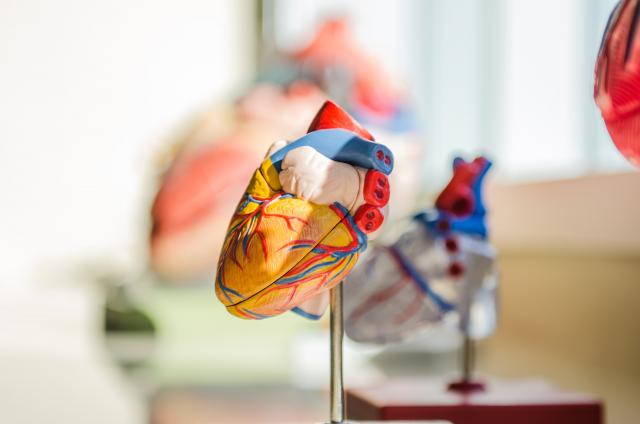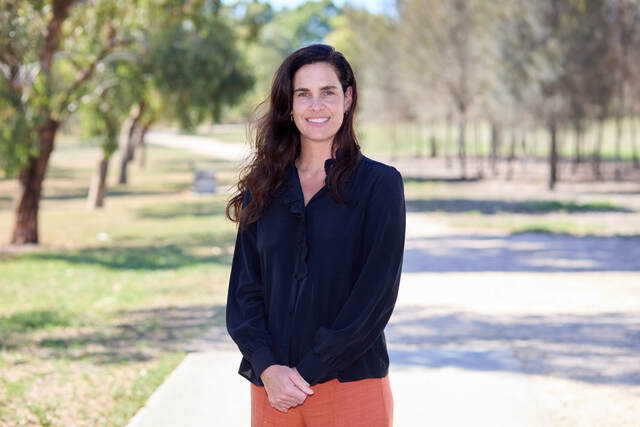New research funded by the Heart Foundation aims to boost surgery success rates for life-threatening heart rhythm disorders (arrhythmias), leading to fewer Australians needing defibrillators installed in their chests.
Arrhythmias are a life-threatening condition where the heart beats slowly or rapidly.
The causes are varied and procedures (known as ‘catheter ablation’) are not always successful when scarring is too deep to be reached and treated.
A new study being led by University of Sydney researcher Dr Pierre Qian is aiming to change that.
Dr Qian said a number of arrhythmias commonly occur due to scar tissue formed after a heart attack, which have abnormal properties that can lead to recurring arrhythmias.
“Depending on the type of arrhythmia, medications may not always be the most suitable treatment, with many patients at high risk receiving an implanted cardiac defibrillator (ICD) which shocks their heart back into a normal rhythm, to prevent sudden death,” he said.
“While this saves lives, it commits a growing number of some arrhythmia patients to painful and traumatising defibrillator shocks.”
As opposed to treating irregular heartbeats with an ICD (where patients can be shocked over and over again), used in the right people, catheter ablation is a minimally invasive – and hopefully a once off procedure where heart scar tissue causing arrhythmias are treated with electrical cautery.
This procedure uses heat from an electric current to destroy abnormal tissue, however Dr Qian said, many scars are too deep which leads to arrhythmias recurring after the surgery.
“I hope my research will lead to improved techniques and outcomes that cure arrhythmias,” he said.







